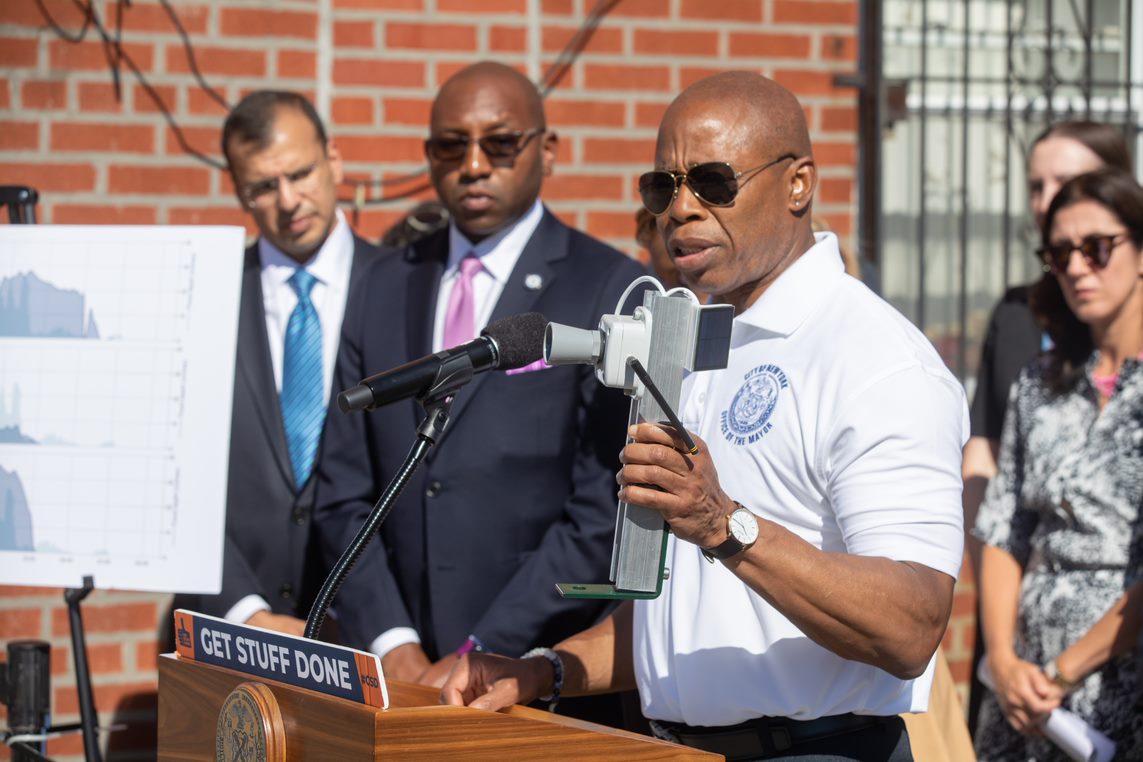New online tool helps agencies know where flood waters are rising
Brooklyn College, NYU Tandon are both partners in FloodNet

Extreme storms like Hurricanes Henri and Ida are becoming more and more common, and flooding is almost sure to wreak havoc on city streets.
That’s why a consortium of prestigious New York City institutions, FloodNet, is addressing these issues through a first-ever, free online tool that will help communities and government agencies to know where, when, and how quickly flood waters are rising.
The research team includes representatives of two Brooklyn institutions, Brett Branco of Brooklyn College and Elizabeth Henaff of NYU Tandon. Branco is also the executive director of the Science and Resilience Institute at Jamaica Bay.

Brooklyn Boro
View MoreNew York City’s most populous borough, Brooklyn, is home to nearly 2.6 million residents. If Brooklyn were an independent city it would be the fourth largest city in the United States. While Brooklyn has become the epitome of ‘cool and hip’ in recent years, for those that were born here, raised families here and improved communities over the years, Brooklyn has never been ‘uncool’.